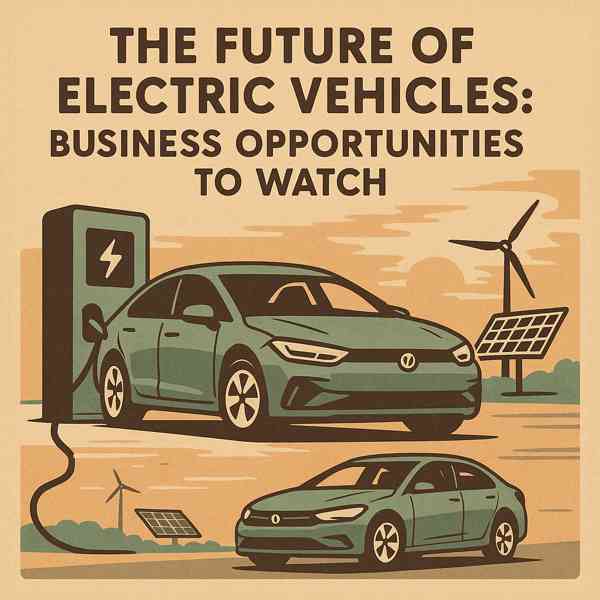Driving Toward a Cleaner Future with EVs
Driving Toward a Cleaner Future with EVs
Blog Article

Electric vehicles (EVs) are transforming the way we think about transportation.
From compact cars and SUVs to trucks and motorcycles, EVs are available in more models than ever.
What Are Electric Vehicles?
Electric vehicles are powered entirely by electric motors, rather than traditional internal combustion engines.
Key components of EVs include:
- Replaces the internal combustion engine
- Usually lithium-ion or solid-state
- Manages energy flow from battery to motor
- Allows the vehicle to recharge from external sources
Electric vehicles come in various types, such as plug-in hybrids (PHEVs)—each with different levels of electrification.
Benefits of Electric Vehicles
Whether you're looking to save money or reduce emissions, EVs offer a compelling option.
Major benefits include:
- Reduced maintenance needs
- No tailpipe emissions
- Quiet and smooth ride
- Rebates and subsidies in many regions
For eco-conscious and cost-aware drivers, electric vehicles are an increasingly forward-thinking choice.
Limitations to Consider
Despite get more info the growing popularity of EVs, they still face some challenges that buyers should consider.
EV challenges to consider:
- Shorter range compared to gas vehicles
- Charging infrastructure gaps
- Though often offset by long-term savings
- Batteries degrade over time
As technology advances and infrastructure improves, many of these challenges are becoming less significant.
Different Kinds of EVs on the Market
Choosing the right type depends on your lifestyle, commute, and charging access.
Main types of EVs include:
- Fully electric with no gas engine
- Plug-in Hybrid Electric Vehicles (PHEVs)
- Combines electric and gas power but cannot plug in
- Fuel Cell Electric Vehicles (FCEVs)
Each type has its pros and cons, so buyers should understand the differences.
EV Charging and Infrastructure
Charging an electric vehicle is convenient once you understand your options.
Main EV charging options include:
- Standard household outlet
- Level 2 Charging
- Rapid chargers at commercial locations
- Still in development or premium models
As public charging networks expand, EV owners will enjoy even more freedom, flexibility, and convenience.
Where the EV Market Is Heading
Electric vehicles are here to stay.
Next-generation EV developments:
- Longer range and safer performance
- Vehicle-to-grid (V2G) integration
- Combining EV tech with self-driving systems
- Making EVs accessible to all drivers
As innovation continues, EVs will become more efficient, affordable, and widespread.
Conclusion
Electric vehicles represent a major shift in how we think about energy use.
The future is electric—are you ready to plug in?
Report this page